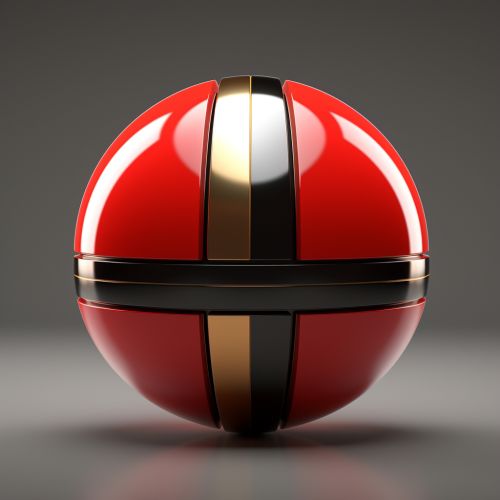Bloch sphere
Introduction
The Bloch sphere is a geometrical representation used in quantum computing to visualize the state of a single qubit — the fundamental unit of quantum information. Named after Swiss physicist Felix Bloch, the Bloch sphere is a three-dimensional sphere where the points inside and on the surface of the sphere represent the state of a qubit.


Quantum States and the Bloch Sphere
In quantum mechanics, a qubit can exist in any state that is a superposition of its two basis states, often denoted as |0⟩ and |1⟩. These states can be represented as vectors in a two-dimensional complex Hilbert space, or more visually, as points on the surface of the Bloch sphere. The north and south poles of the sphere typically represent the two basis states.
The state of a qubit is described by a point on the Bloch sphere. The location of the point is determined by two angles, θ and φ, which are the spherical coordinates of the point. The angle θ is measured from the positive z-axis and φ is measured from the positive x-axis in the x-y plane.
Representation of Qubit States
The state of a qubit on the Bloch sphere is represented by a unit vector, known as a Bloch vector. The Bloch vector points from the center of the sphere to the qubit state on the surface of the sphere. The direction of the Bloch vector represents the state of the qubit. The north pole of the sphere represents the state |0⟩, and the south pole represents the state |1⟩. Any point inside the sphere represents a mixed state, which is a statistical mixture of the basis states.
Quantum Gates and Operations
Quantum gates, the basic building blocks of quantum circuits, can be represented as transformations on the Bloch sphere. For example, the Pauli-X gate, which flips a qubit from state |0⟩ to |1⟩ and vice versa, is represented as a rotation of the Bloch sphere by 180 degrees about the x-axis. Similarly, the Hadamard gate, which creates a superposition of states, is represented as a rotation of the Bloch sphere about the line between the x and z axes.
Quantum Entanglement and the Bloch Sphere
Quantum entanglement, a fundamental phenomenon in quantum mechanics where two or more particles become linked and instantaneously affect each other's state, can also be visualized on the Bloch sphere. However, it's important to note that the Bloch sphere representation becomes more complex when dealing with entangled states, as the state of each qubit is dependent on the state of its entangled partner.
Limitations of the Bloch Sphere
While the Bloch sphere is a powerful tool for visualizing single qubit states and transformations, it has its limitations. It cannot accurately represent states of systems with more than one qubit unless they are separable (not entangled). Additionally, while points inside the Bloch sphere represent mixed states, not all mixed states can be represented as a single point inside the sphere.
See Also
- Quantum Computing - Quantum Mechanics - Quantum Entanglement
